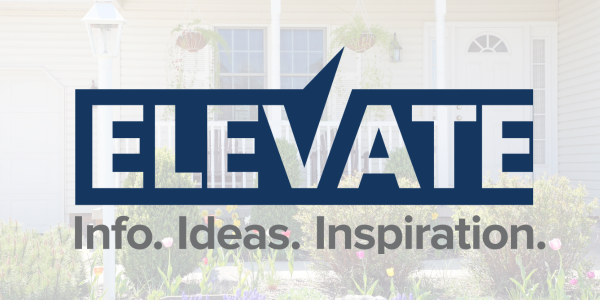
It’s easy to get tunnel vision when you’re building a new home and it’s nearing completion. You can practically feel that beautiful wooden banister and picture your shoe collection in that marvelous walk-in closet. These visions keep you going when your home is being built, but before you pack up those shoes, you want to make sure you understand the loan process, especially how your permanent loan finalizes.

As you may recall, APM uses a two-time closing construction loan, which is different from a construction-to-permanent loan. In a two-time closing, the first loan—also known as the construction loan—can be used to cover the cost of the land, building materials, and labor, as well as any required permits. Like a traditional mortgage, it’s always a good idea to get pre-approved for a construction loan, as it can help you understand your project’s budget. APM can help with this.
The construction process typically takes 12 to 18 months, during which you’ll pay only interest on your construction loan. These types of loans act almost like a line of credit in that they fund a series of “draws” (installments) that cover the costs of specific building stages. Your interest payments will be based on those draws, and they can be made as monthly payments or rolled into the loan itself.
As home construction ends, you’ll need to qualify for your final loan, which will replace your short-term construction loan. This process starts when your builder lets us know that you’re 45 to 60 days away from completion. We’ll reach out to you at that time to start completing your permanent mortgage.
Collecting Documents and Credit Check
First, we’ll collect updated versions of the documents we collected when we did your construction loan. This will include bank statements and pay stubs, as well as any life, income, or employment changes. There may also be additional documentation that we ask for at this time.
You’ll want to keep your credit score high during the construction process and avoid any credit pitfalls. We’ll need to run a new credit report as part of the permanent financing application process.
Appraisal
A new appraisal isn’t always necessary, but it can be beneficial during a two-time closing. That’s because you might be able to adjust your permanent loan based on this appraisal. If your appraisal comes back higher than the original value, you can use the new appraisal value to adjust your loan amount. Both VA and conventional loans allow for cash-out refinancing, so you might even be able to tap your equity at this time. Your APM Loan Advisor will be happy to discuss these options with you to see if this is the right strategy for your situation.
Approving Your Loan
Once we’ve got your final appraisal, your loan will go through our underwriting department for final approval. You have a few options for your permanent mortgage, which will have been discussed when you applied for your construction loan. These include FHA, conventional, and VA loans. Each has its own advantages, as your APM Loan Advisor will have laid out. They’ll also review everything to ensure that what you thought you wanted back when you started still works for you.
In a way, this final loan is like a typical refinance, meaning that you’ll start paying your loan off like any other permanent mortgage. You can choose from 30-, 20-, 15-, and 10-year fixed-rate financing.
Many borrowers choose to secure a specific program and lock their loan rate before construction even begins. These long-term locks can bring peace of mind, knowing you won’t have to pay a higher rate once construction is completed. And don’t worry—your loan officer will go over any changes in the market and discuss whether you want to keep the locked rate or select a new one if interest rates go down. We’ve got you covered!
Closing
Our goal is to have your final closing right after your final inspection, but the process can vary based on the builder and local requirements. You’ll need to be ready to pay your closing costs and sign the final paperwork. This will likely happen at a title company, so be sure you bring an up-to-date proof of identity with you, like your driver’s license or passport.
Certificate of Occupancy
This is one of the last pieces that comes into play when a home is being built. Ironically, in many cases, this isn’t even a physical certificate! It simply means your local government approved your home for occupancy and the home follows all the required building codes. Just because it isn’t a physical document doesn’t mean it isn’t important, however. You need the certificate of occupancy to legally move in once construction is complete, which means we need it before we can fund your loan!
Move In!
Your loan usually funds the day after signing (unless there’s a specific reason for a different day). Once that happens, you can move into your dream home! Just don’t forget about your payment requirements—a traditional mortgage, which includes principal and interest, will now be due on a monthly basis.
We have streamlined the construction process to make closing your loan as easy as possible. Have questions? Your APM Loan Advisor is here to help. They’re always around and eager to break down the loan process. And if you’re wondering about the entire construction loan process, click here.








